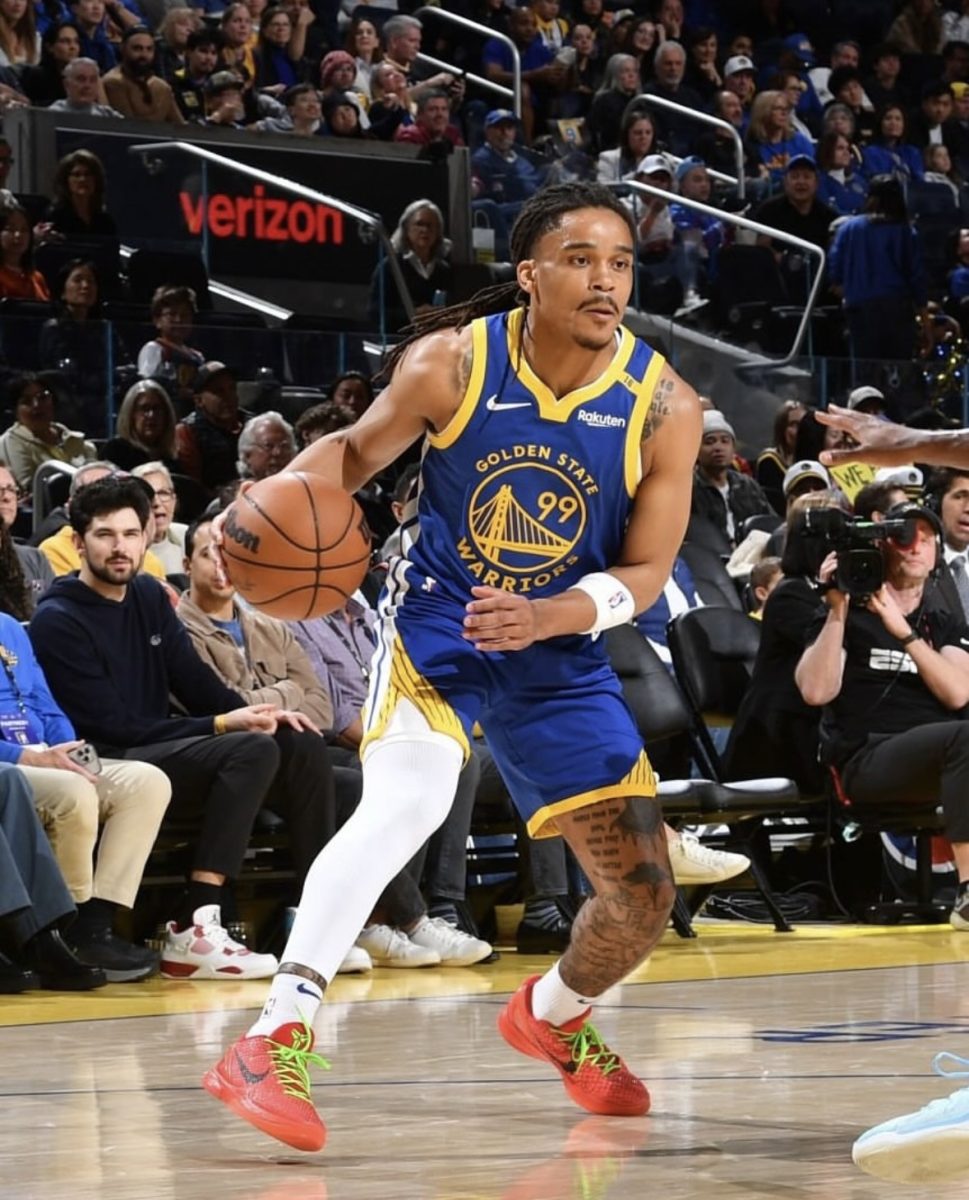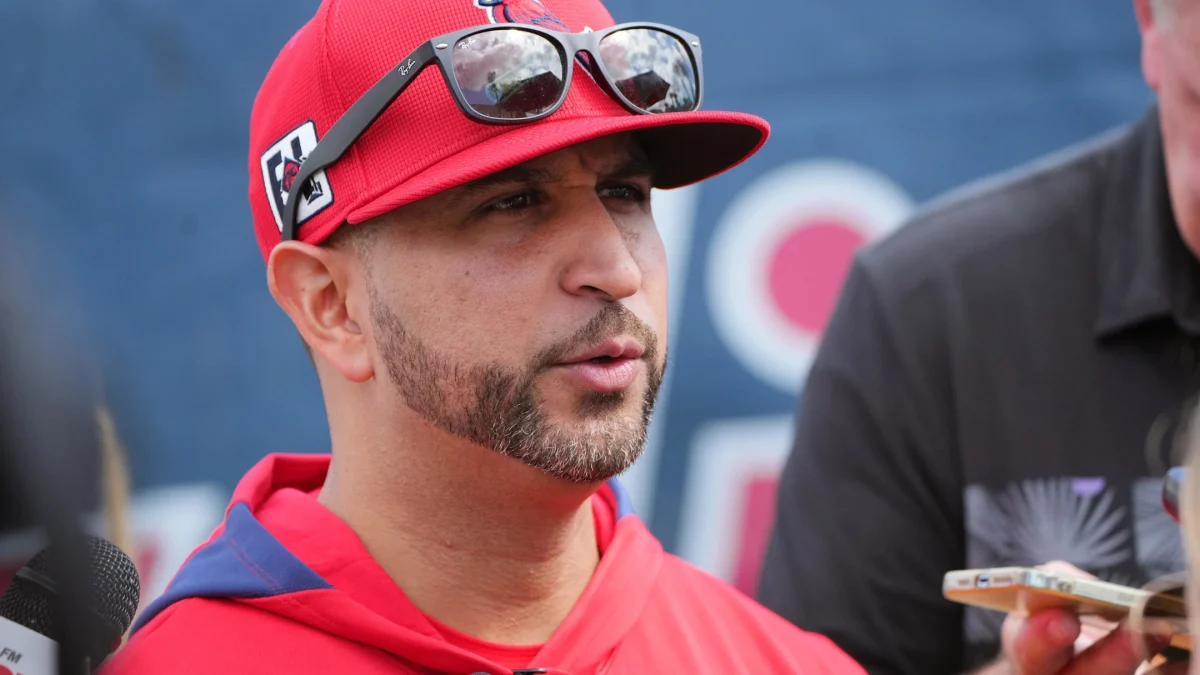“Recommended use: Developed for periods of increased mental and physical exertion.”
With statements like this displayed on its products, Rockstar would have the average consumer believe that energy drinks are a good way to stimulate the mind and body. But these same statements, according to Saint Louis University Nutritionist Jennifer Ebelhar, are what contribute to the mismarketing associated with energy drinks.
“Health-enhancing or performance claims that sound too good to be true on food or beverage labels\ usually are,” Ebelhar said. “Any ingredients found in energy drinks touted to enable you to perform heroic or amazing feats are just plain hype.”
Caffeine
It is nearly impossible to know how much caffeine is in a given energy drink. Many beverages contain herbal forms of caffeine, such as extracts of guarana seed, kola nuts and Yerba mate leaves, that vary the amount of caffeine in the drink.
One can of Red Bull (8 fluid ounces) contains 80mg of caffeine-equivalent to one cup of coffee. Other energy drinks with 16 fl. oz. contain around 150 mg, although, more recently, drinks containing as much as 400 mg of caffeine such as Burn have been marketed.
“Stimulants and high-sugar beverages are detrimental across the board,” said Anthony Breitbach, M.D., of the Doisy College of Health Sciences. “They spike the insulin levels in a person’s body and cause a rebound effect of fatigue when the sugar in the drink has been consumed, but the insulin level in the body is still elevated.”
Energy drinks contain caffeine, ranging from 80 to 360 milligrams per drink. In order to know how much caffeine a person can drink safely in one day, use the formula: two mgs of caffeine for every pound of body weight.
In the article “Energy Drinks: Help, Harm or Hype?” from 2002’s the Gatorade Sports Science Institute, it is reported that unhealthy doses of caffeine can lead to symptoms such as nervousness, irritability, anxiety, tremulousness and muscle twitching.
Ebelhar said that she sticks with the caffeine that she knows will work, which is coffee or Coca-Cola.
“Caffeine stimulates the central nervous system, which give you the feeling of alertness,” Ebelhar said. “It has been shown to improve performance in more endurance events, but the problem with energy drinks is that they don’t label how much caffeine is in there.”
Eligibility
According to Sports Medicine Director Jonathan Burch, student-athletes should exercise caution with the amount of caffeine they consume. If there is too much in an athlete’s system, he or she could test positive for a drug on the banned-substance list.
“If an athlete comes in to us and asks to start using this, sometimes we have to consult with the NCAA and make sure it’s OK to use,” Burch said. “We have to watch out that they don’t take anything that will show up on a drug test.”
Hydration
Breitbach, who is the director of the Athletic Training Education Program, said that duration is the biggest concern when it comes to hydrating properly for a sport.
“Long-duration events are sometimes benefitted from using a drink with some protein supplementation,” he said. “But short duration events should always use water. Prehydration is also a key when you know you’ll be exercising in hot weather.”
Because caffeine is a diuretic, it speeds up water loss from the body, making dehydration a real threat. Breitbach said risks of heat illness and dehydration include heat exhaustion, heat stroke and liver and kidney damage.
SLU, however, is not allowed to endorse any type of energy drink-only hydration-type drinks such as Gatorade or Powerade.
Diet
Ebelhar said that the average college student or athlete could find all the energy he or she needs with a proper diet. Ideally, all college students, including athletes, should eat often, usually every three hours. The best way to do this, she said, is to carry around snacks such as crackers and cheese, fruit, granola bars or trail mix.
“When you go long periods of time without eating, you get hungry and tend to scarf down anything in sight,” Ebelhar said. “As a result, glucose levels, which give us energy, drop, and hormones will change.”









